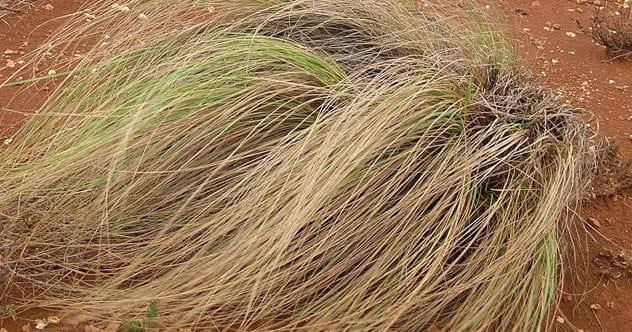Modern commercials often depict women confidently engaging in activities thanks to reliable feminine products like tampons and pads. However, the first pads weren’t invented until 1888, and even then, they weren’t widely accessible. Affordability was a significant barrier for many women until much later. Tampons didn’t appear until 1929. So, what did women do before these modern conveniences?
Rags

Rags were an obvious and abundant substitute for pads. Fabric is absorbent, relatively durable, and readily available. Since at least the 10th century, women used rags or cloths to manage menstrual flow. These were reusable; women would simply wash them after use.
This practice persisted until the 19th century when commercial pads were invented. However, due to affordability issues, many women continued using rags well into the 20th century.
Papyrus

Ancient Egyptians may have used softened papyrus as tampons. Papyrus, a plant native to Egypt, was commonly used for writing paper. To make it pliable for menstrual use, women would soak it in water.
The water would soften the papyrus and bring out its natural stickiness, helping it maintain its form. While papyrus’s softness and abundance made it a practical option, concrete evidence is lacking due to the perishable nature of ancient texts.
Wool
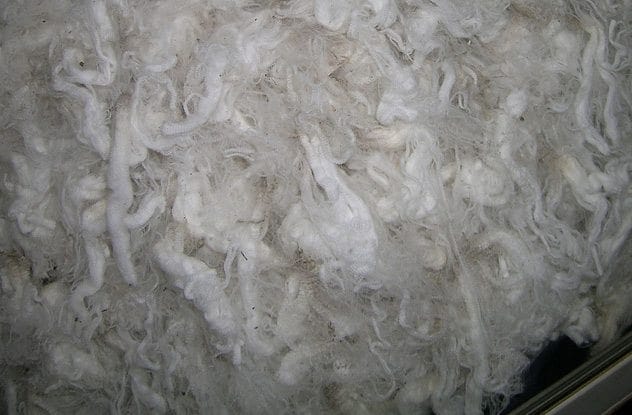
In Ancient Greece, wool was reportedly used as a tampon. Unlike some other ancient practices, there is considerable evidence supporting this. Wool tampons were mentioned in writings attributed to Hippocrates.
Hippocrates, a physician from the 5th and 4th centuries BC, is regarded as the father of medicine. His extensive writings detail numerous diagnoses and observations. The use of wool as a tampon aligns with available resources in ancient Greece, making it a logical choice.
Cedar Bark

Native American women utilized cedar bark as both menstrual pads and diapers. While bark might seem uncomfortable, cedar has unique properties that made it a viable option. Cedar bark is lightweight, thin, and absorbent.
Its moisture retention and lightness made cedar a practical choice for pads and diapers, especially considering limited resources.
Buffalo Hide
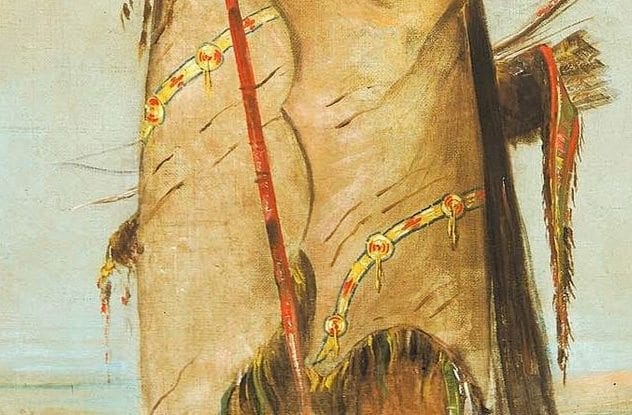
Arikara women used buffalo hide as sanitary pads. The Arikara tribe, located in the northern United States, utilized buffalo for numerous purposes. The meat was food, while bones were crafted into tools, and sinews became threads for sewing.
Buffalo hides were tanned through soaking, stretching, and scraping to remove hair. The hides were then smoked to enhance their properties, resulting in soft and pliable material suitable for menstrual pads.
Natural Sponges

In ancient coastal areas like Greece, women used natural sea sponges as tampons. Sponges are highly absorbent, but their safety is questionable. Today, the FDA regards them as “significant risk devices” due to bacteria and yeast concerns.
Ancient Mediterranean women likely lacked effective cleaning methods for these sponges, making their use potentially risky. Despite modern advancements in cleaning, the historical use of sea sponges raises health concerns.
Grass

Women in Africa and Australia used grass in various forms, either as pads or tampons. Pads were made from grass and vegetable fiber bandages, while tampons consisted of rolled grass and roots.
The comfort of using grass varied depending on the species. Some grasses were soft, while others were rough and itchy. Despite the discomfort, grass was a readily available resource for menstrual care.
Even today, menstrual care in many parts of Africa remains challenging, with women often relying on rags, leaves, or paper due to limited access to modern products.
Paper
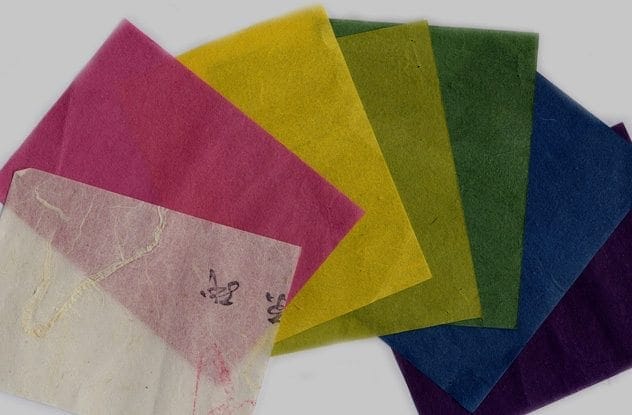
In Ancient Japan, women reportedly used rolls of paper as tampons, secured with a bandage called kama. These paper tampons needed frequent changing, around 10 times a day.
The paper used, called washi, was of high quality, made from long plant fibers. This made it strong, absorbent, and lightweight—superior to modern paper. The frequent changes highlight the resourcefulness required for menstrual hygiene at the time.
Rabbit Fur
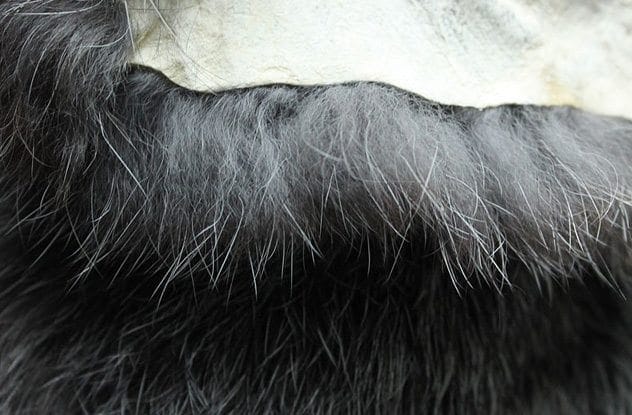
Rabbit fur was supposedly used as a menstrual pad, though sourcing is limited. Despite the lack of extensive verification, the practice aligns with resourcefulness in cultures where rabbit fur was used for clothing and blankets.
The softness and pliability of rabbit fur would make it a potentially comfortable option for managing menstrual flow, despite uncertainty about its widespread use.
Nothing!

In 19th-century Europe, some women, particularly those who were poor, opted for no menstrual products at all. This was due to a lack of affordable options or the inability to spare rags or sheets.
This practice wasn’t exclusive to the 19th century; it likely occurred throughout history when resources were scarce. Today, some women intentionally practice free bleeding, highlighting diverse approaches to menstrual management.
These historical methods reveal the ingenuity and resilience of women in managing menstruation without modern conveniences. From using simple rags to experimenting with natural materials like papyrus and cedar bark, each solution reflects the available resources and cultural practices of the time.
What are your thoughts on these historical period solutions? Leave your comment below!


